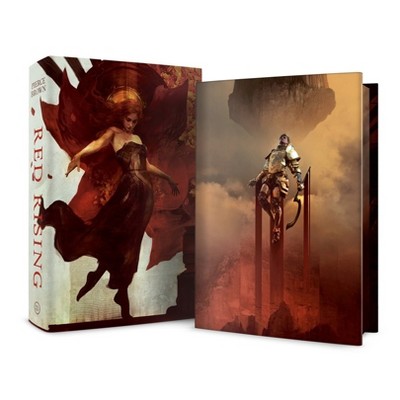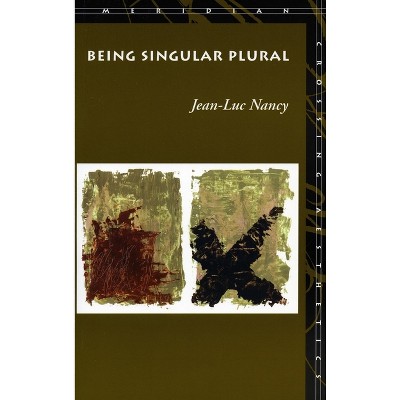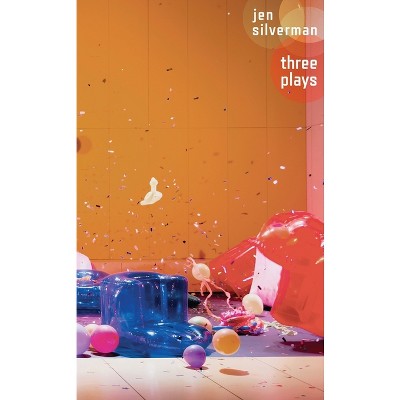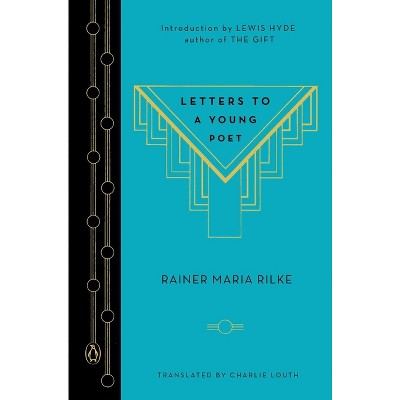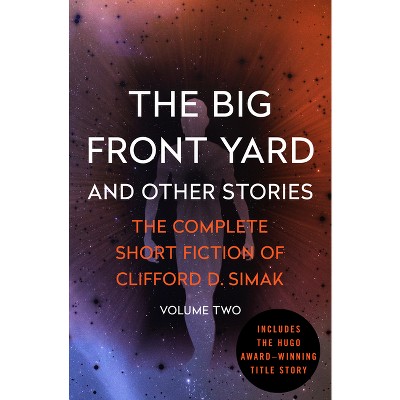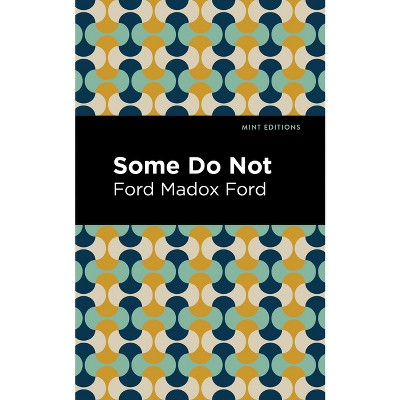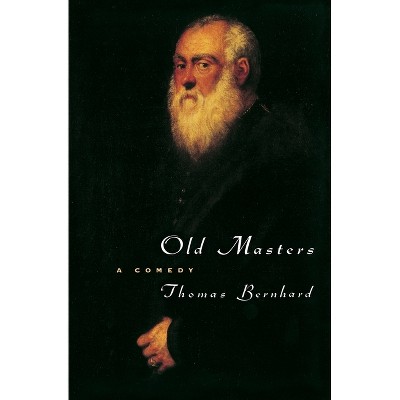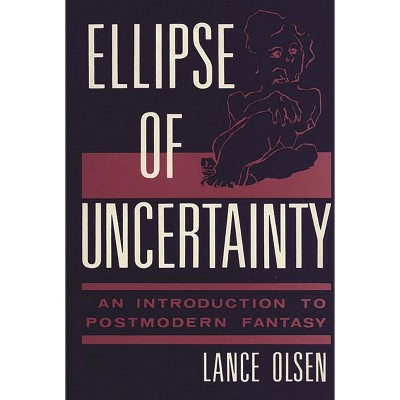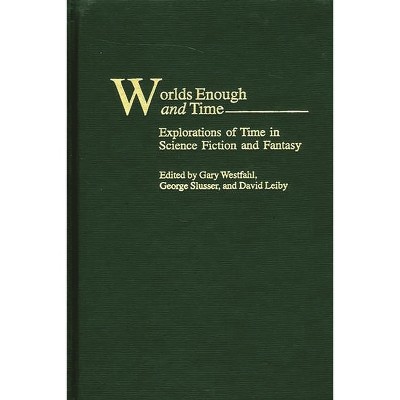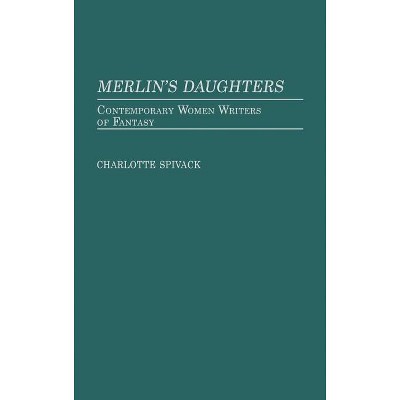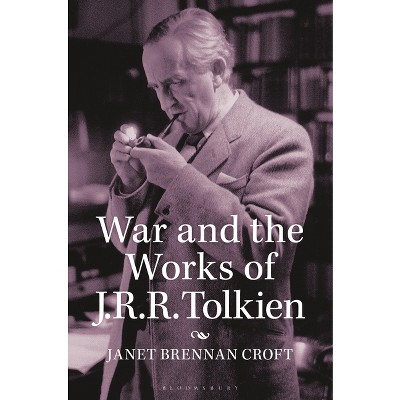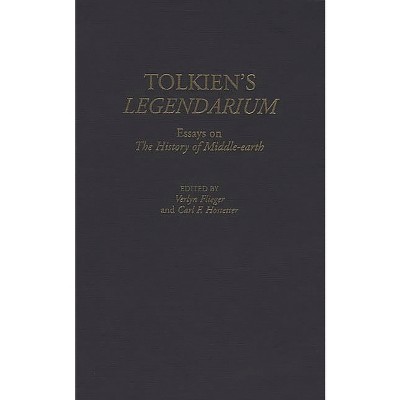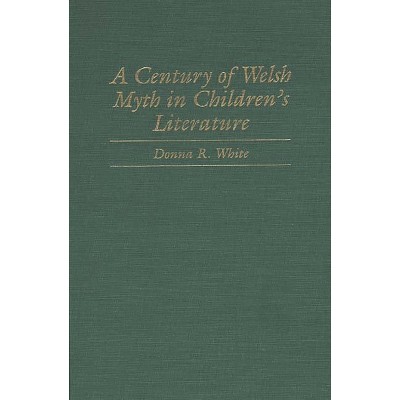Sponsored

Science and Social Science in Bram Stoker's Fiction - (Contributions to the Study of Science Fiction & Fantasy) by Carol a Senf (Hardcover)
In Stock
Sponsored
About this item
Highlights
- Best known today as the author of Dracula, Bram Stoker also wrote several other works, including The Jewel of Seven Stars, Lady Athlyne, and The Lair of the White Worm.
- About the Author: CAROL A. SENF is Associate Professor of English at Georgia Institute of Technology.
- 176 Pages
- Literary Criticism, Science Fiction + Fantasy
- Series Name: Contributions to the Study of Science Fiction & Fantasy
Description
About the Book
Best known today as the author of Dracula, Bram Stoker also wrote several other works, including The Jewel of Seven Stars, Lady Athlyne, and The Lair of the White Worm. In his exploration of supernatural subjects, such as vampirism, he is clearly a Gothic writer. The fantastic elements of his novels seem very much at odds with the world of science. Stoker, nonetheless, draws upon a large body of scientific theory and technological innovation throughout his writings. This book studies his blending of Gothic subjects with emerging discoveries in science and technology.
The volume begins with an overview of Stoker's familiarity with scientific and technical developments. It then examines the role of science and technology in his various works, which demonstrate his familiarity with civil engineering, anthropology, physics, chemistry, and archaeology. While many of his writings seem to offer a rather uncritical celebration of science and its applications, some works, such as The Jewel of Seven Stars, reveal what happens when science oversteps its bounds. Stoker emerges as an early writer of science fiction whose work thoughtfully considers the place of science in society.
Book Synopsis
Best known today as the author of Dracula, Bram Stoker also wrote several other works, including The Jewel of Seven Stars, Lady Athlyne, and The Lair of the White Worm. In his exploration of supernatural subjects, such as vampirism, he is clearly a Gothic writer. The fantastic elements of his novels seem very much at odds with the world of science. Stoker, nonetheless, draws upon a large body of scientific theory and technological innovation throughout his writings. This book studies his blending of Gothic subjects with emerging discoveries in science and technology.
The volume begins with an overview of Stoker's familiarity with scientific and technical developments. It then examines the role of science and technology in his various works, which demonstrate his familiarity with civil engineering, anthropology, physics, chemistry, and archaeology. While many of his writings seem to offer a rather uncritical celebration of science and its applications, some works, such as The Jewel of Seven Stars, reveal what happens when science oversteps its bounds. Stoker emerges as an early writer of science fiction whose work thoughtfully considers the place of science in society.Review Quotes
?Although critics have frequently noted Stoker's references to technology in Dracula, Senf's volume is the first full-length study on this subject; and, although she begins with Dracula, most of Senf's study focuses on Stoker's less-known fiction....Senf's book represents a valuable study of an important but neglected author....Senf carefully grounds her work in the scholarship of Stoker and the gothic. The book is clearly written and provides helpful plot summaries of Stoker's more obscure work....Recommended. Lower-division undergraduates through faculty.?-Choice
"Although critics have frequently noted Stoker's references to technology in Dracula, Senf's volume is the first full-length study on this subject; and, although she begins with Dracula, most of Senf's study focuses on Stoker's less-known fiction....Senf's book represents a valuable study of an important but neglected author....Senf carefully grounds her work in the scholarship of Stoker and the gothic. The book is clearly written and provides helpful plot summaries of Stoker's more obscure work....Recommended. Lower-division undergraduates through faculty."-Choice
About the Author
CAROL A. SENF is Associate Professor of English at Georgia Institute of Technology./e Her previous books include The Critical Response to Bram Stoker (Greenwood, 1993)Shipping details
Return details
Frequently bought together

Guests also viewed
